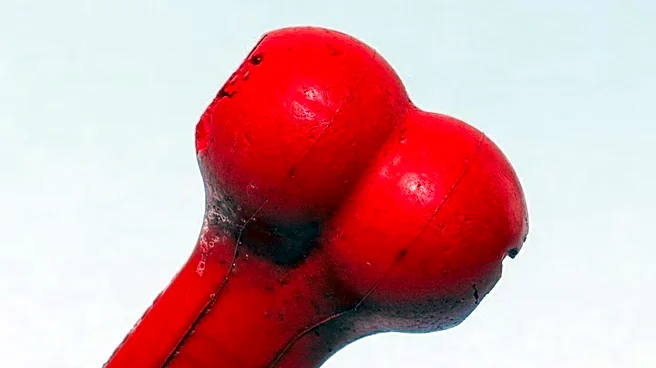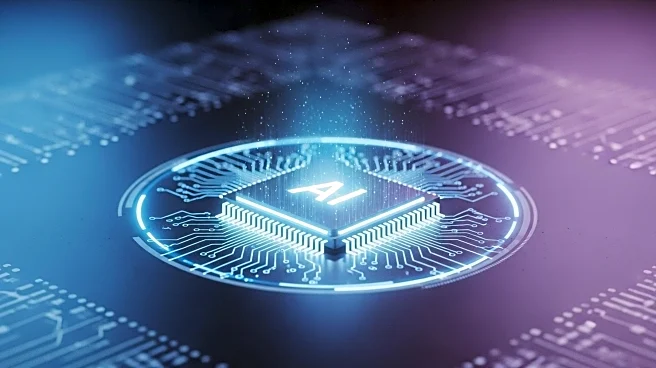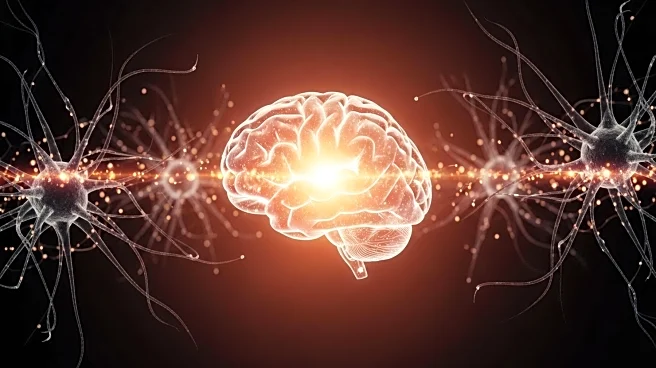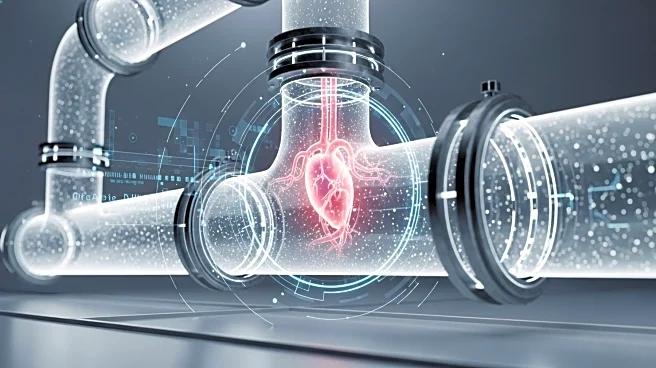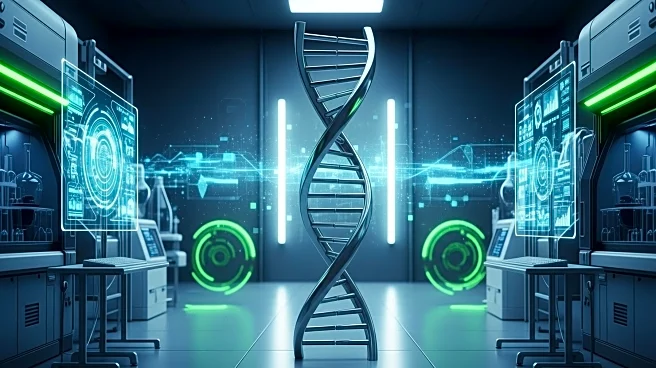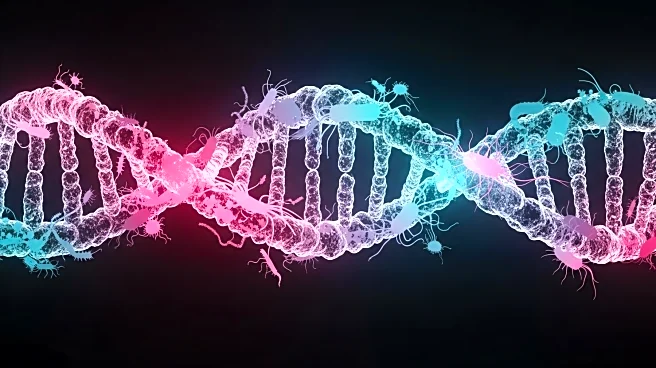What's Happening?
Erectile dysfunction (ED) and Peyronie's disease (PD) are conditions that significantly affect quality of life and intimate relationships. ED is characterized by the inability to maintain an erection, while PD involves fibrotic changes in the penile tissue, leading to curvature and pain. Current management guidelines from the American Urological Association and European Association of Urology focus on patient education and risk factor modification. There is growing interest in regenerative therapies, such as low-intensity shockwave therapy (LI-SWT) and platelet-rich plasma (PRP), to improve treatment outcomes. These therapies are not yet widely included in official guidelines, except for LI-SWT in mild vasculogenic ED. The proposed algorithm aims to integrate these therapies into existing treatment pathways, enhancing functional outcomes and preventing disease progression.
Why It's Important?
The exploration of regenerative therapies for ED and PD represents a significant shift in urological treatment approaches. These therapies offer potential improvements in patient outcomes by addressing underlying tissue damage and promoting healing. The integration of such therapies could lead to more personalized and effective treatment plans, benefiting patients who have not responded to conventional treatments. This development may also stimulate further research and innovation in regenerative medicine, potentially expanding its application to other urological conditions and beyond.
What's Next?
The next steps involve further clinical trials and studies to validate the efficacy and safety of regenerative therapies like LI-SWT and PRP. Urologists will need to be trained in these new techniques to effectively incorporate them into practice. Additionally, updates to clinical guidelines may be necessary to reflect these advancements, ensuring that patients receive the most up-to-date care. Stakeholders, including medical institutions and insurance companies, will play a crucial role in facilitating the adoption of these therapies.


